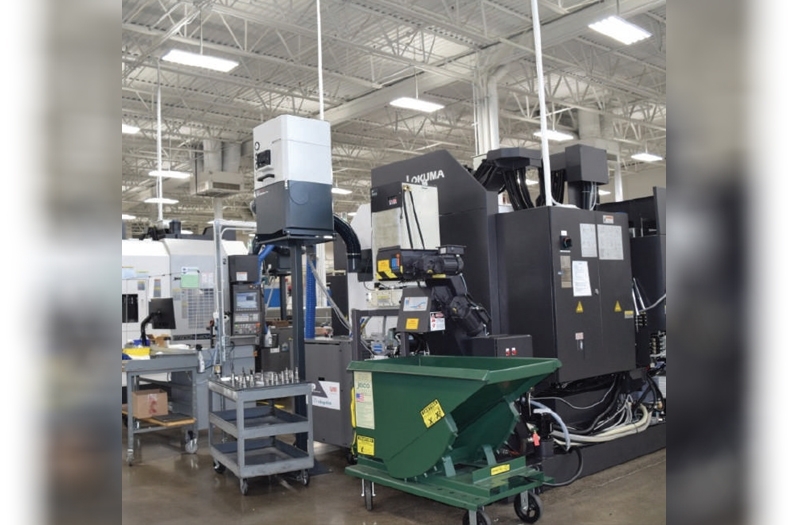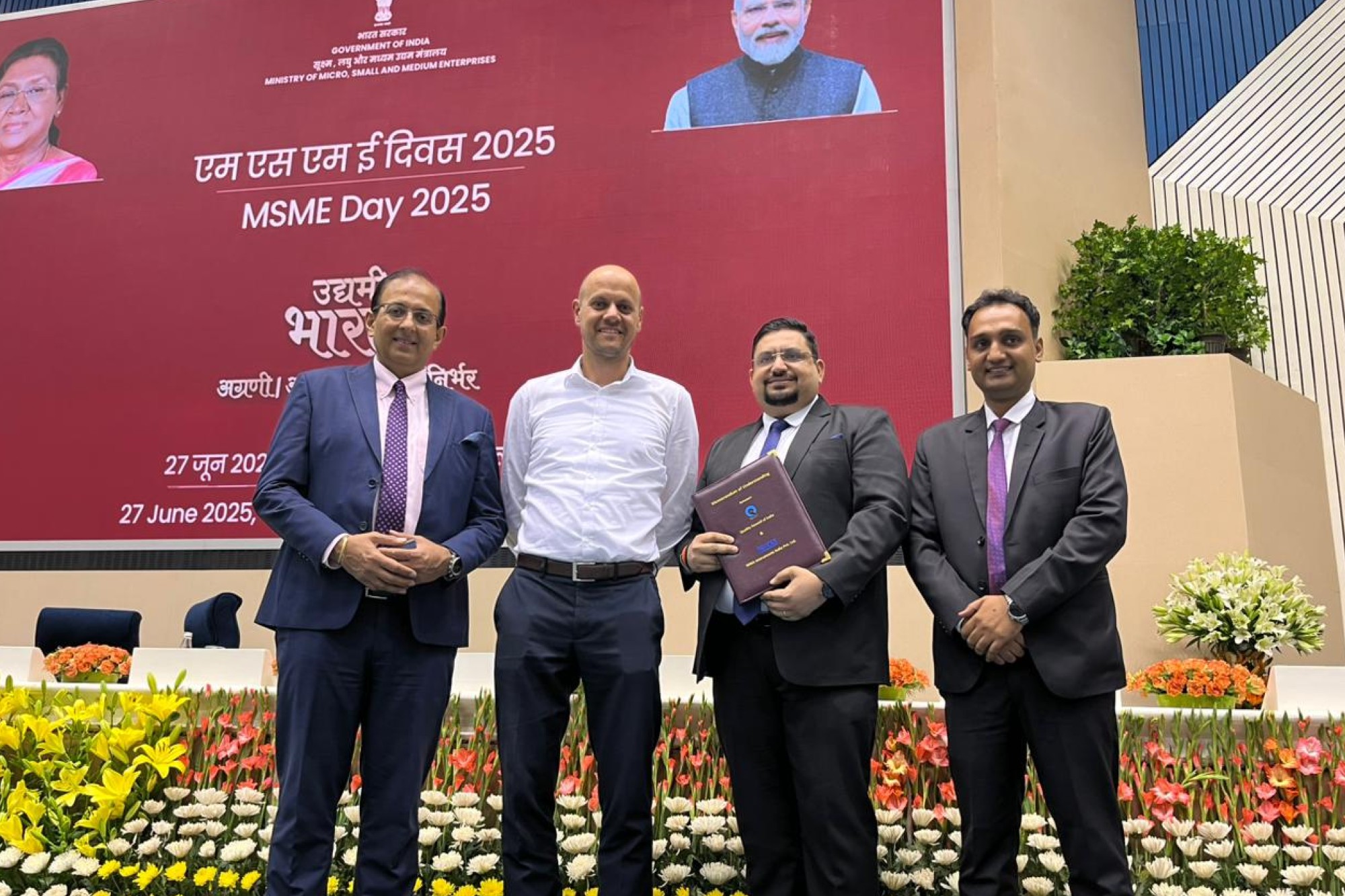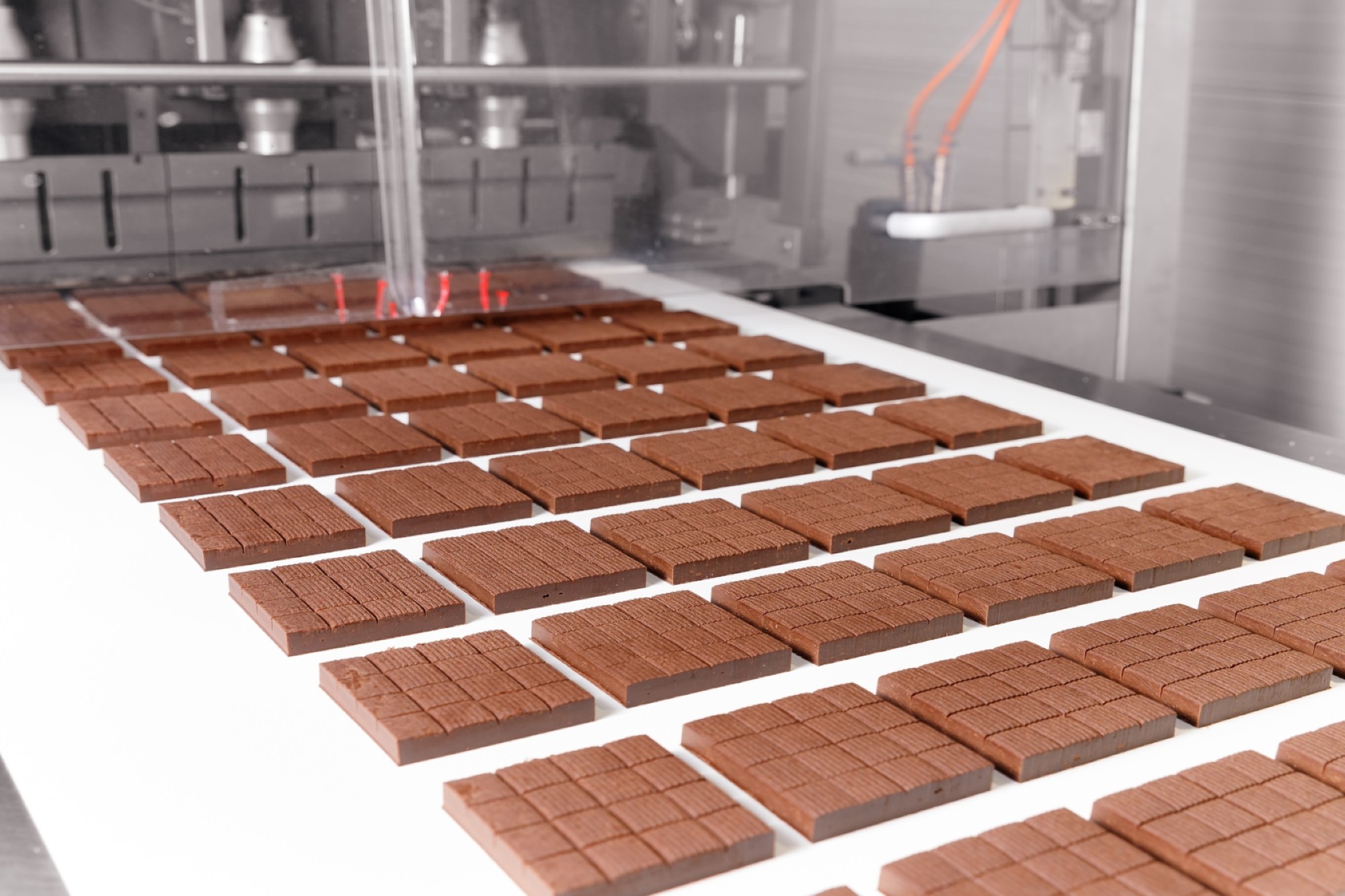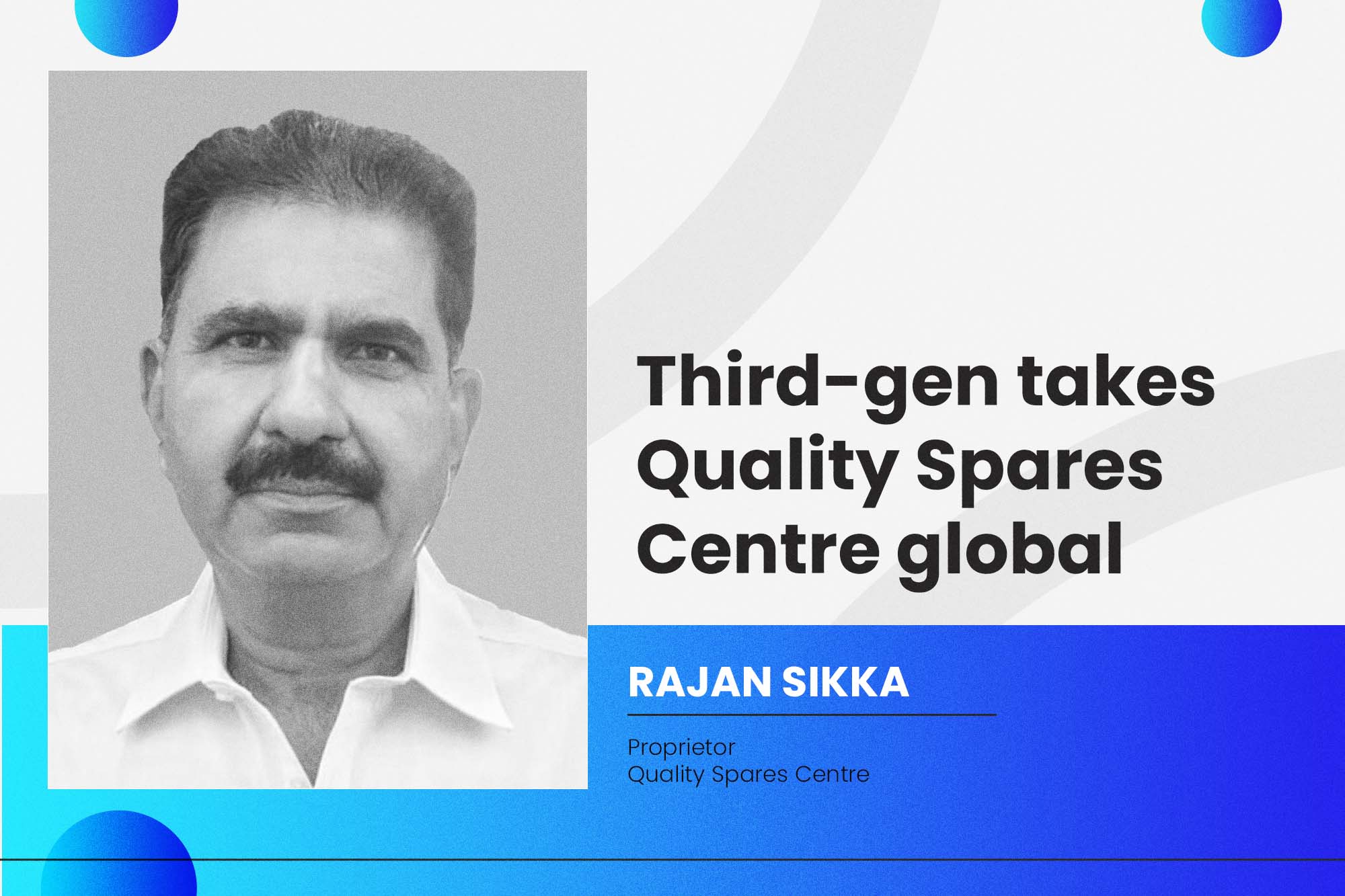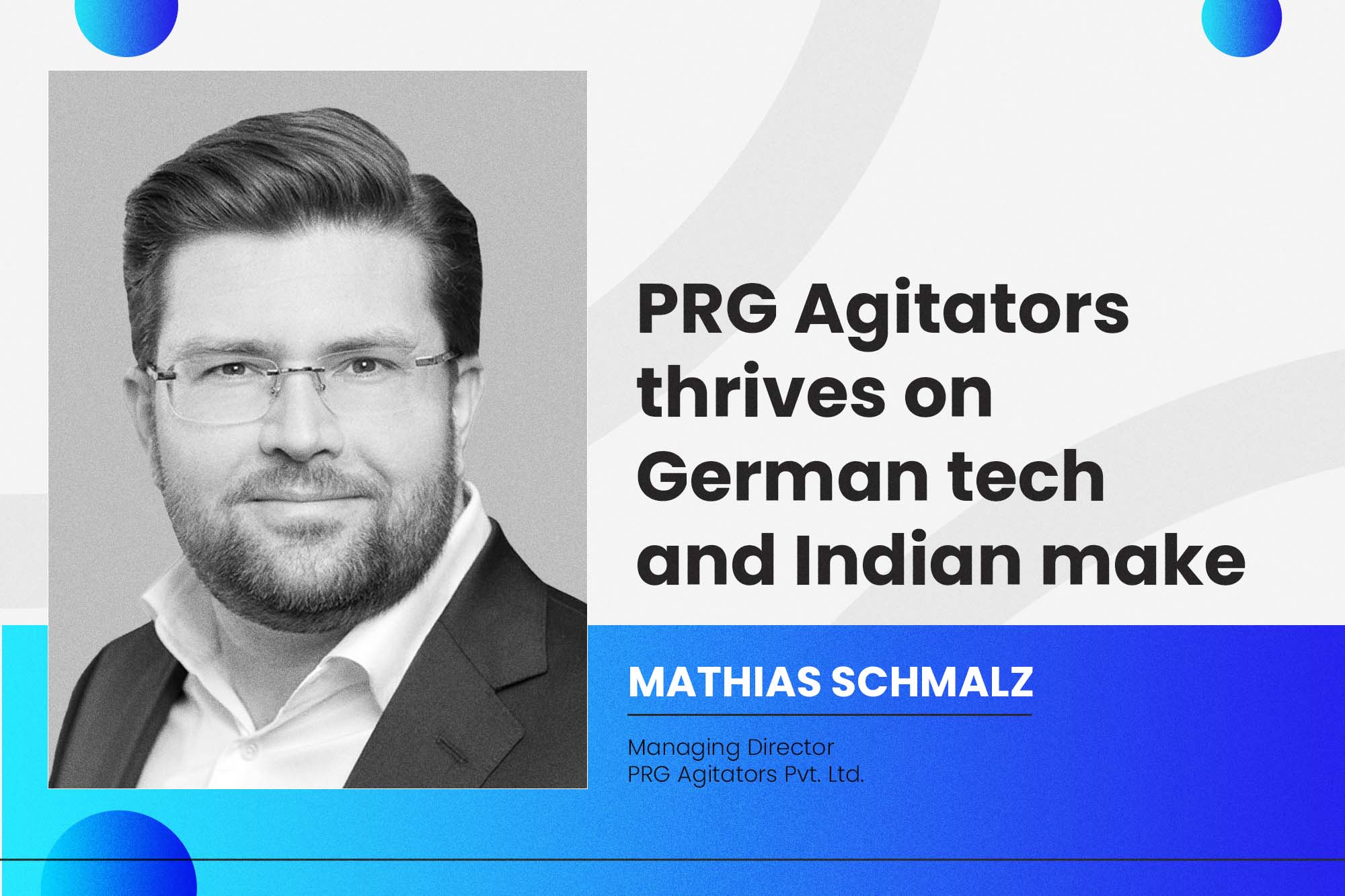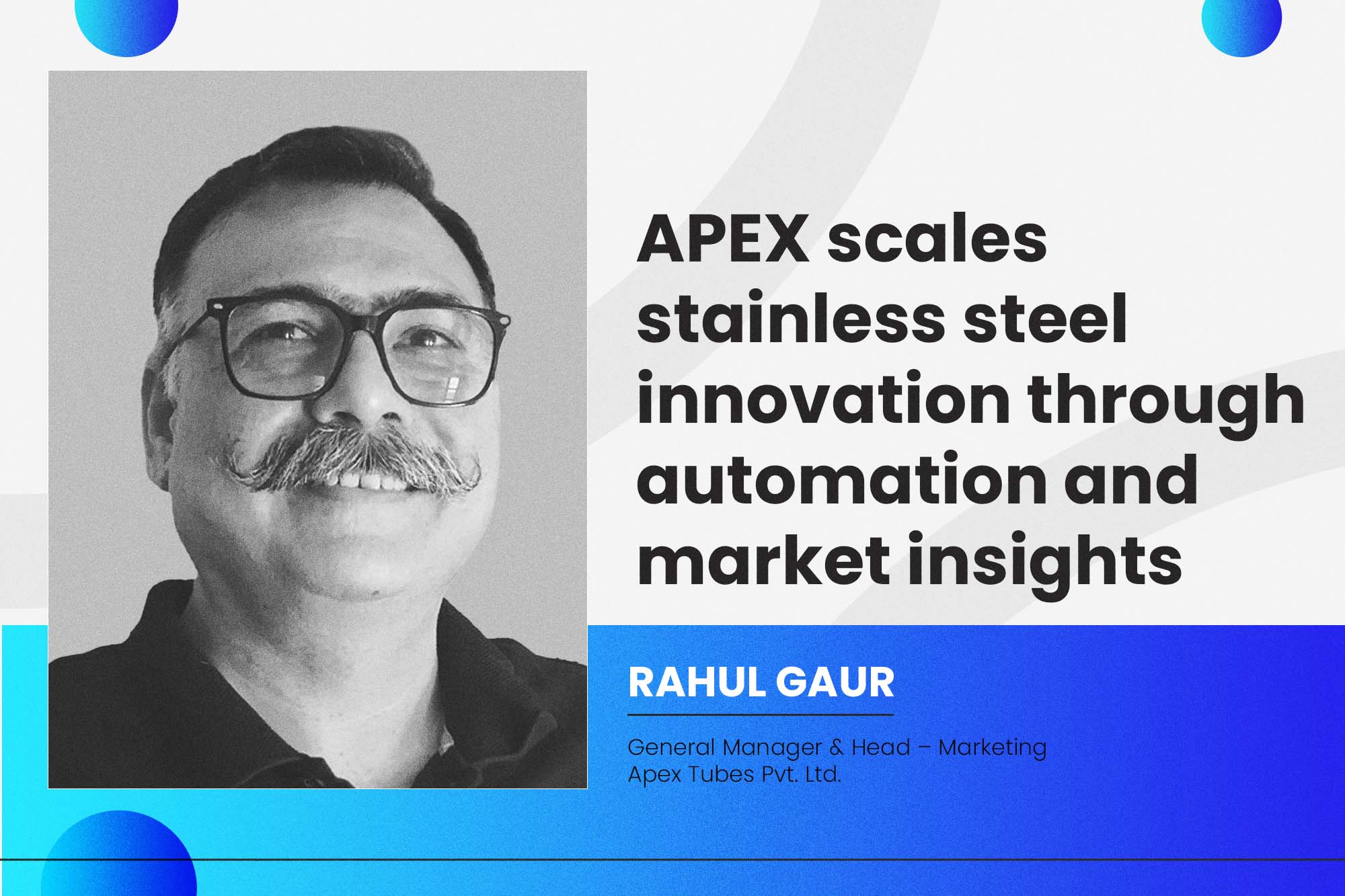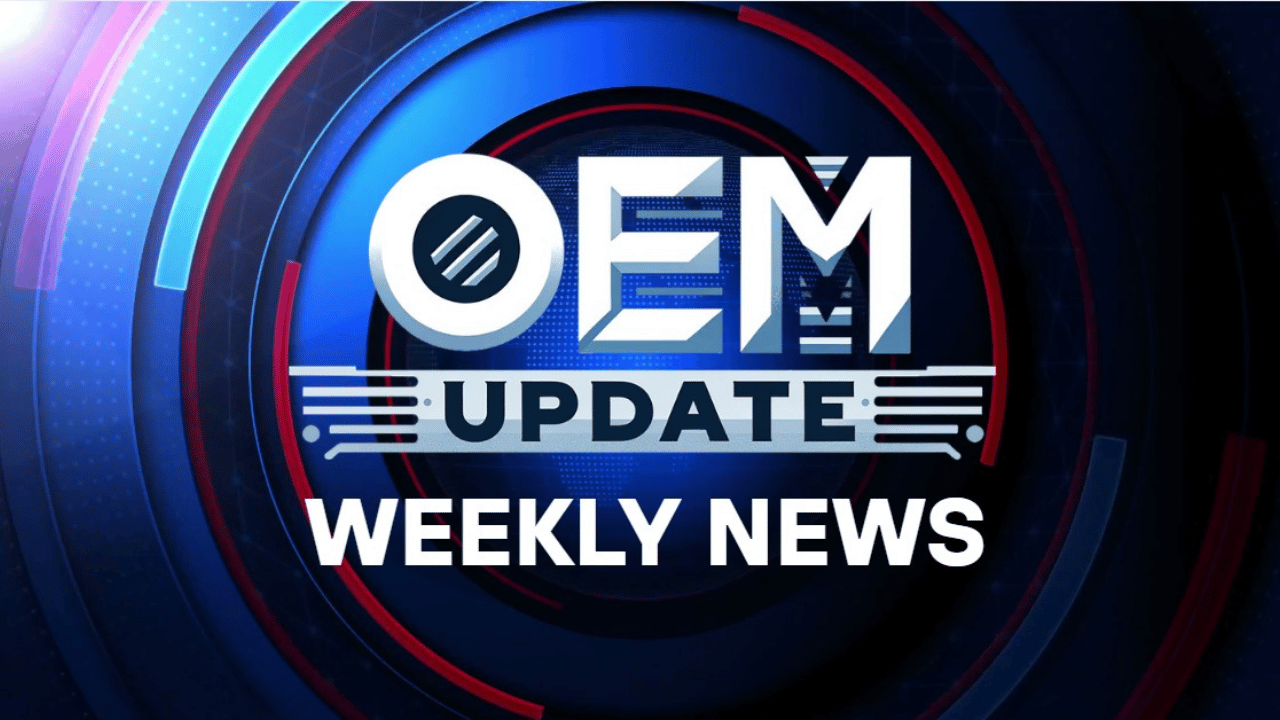Saving time with force optimisation
By OEM Update Editorial April 30, 2021 5:28 pm IST
For this Minnesota job shop, CGTech’s Force optimisation software reduces cycle time on every job it touches.
When we last heard from Ultra Machining Company (UMC), an aerospace and medical job shop in Monticello, Minn., programmers Don Lahr and Mike Triplett were talking about their use of VERICUT’s OptiPath knowledge-based machining module. The two had recently installed a software update; one that included a customisation they had asked the VERICUT developer CGTech to create on their behalf. The enhancement request—VERICUT SCR #16986: Adds ability to output optimised feed rates with multiplier variable—made feed rate changes easier through operator-accessible macro variables. This modification serves to streamline setups and eliminate the need for the programming offices’ involvement on what could now be done with a simple variable adjustment.
Force adoption
That was three years ago; Lahr and Triplett are still there, as is Cory Mahn, a twelve year employee who joined the programming department shortly after the OptiPath story interview. At that time, there’d been some discussion of CGTech’s newly-released Force module, a physics-based toolpath optimisation tool said to reduce cycle times by 25 percent or more, but for UMC at least, its implementation was still in the distant future. Not anymore. In February 2020, UMC undertook its first Force test run on what Lahr describes as a fairly long-running job.
The results were impressive enough that upper management agreed to invest in the software. “We reduced around 10 percent off the cycle time on that one-part number which ended up saving the company almost $13,000” he said. It’s not as large savings as those we’ve since achieved with Force, but it definitely opened some eyes to the value in moving forward.” The workpiece in question is a medical component made out of 304L stainless steel and measuring approximately 2” x 3” x 1/2” thick. The largest tool used is a 3/4” 4-flute carbide end mill, the smallest just 1/32”, taking axial depths of cut “only a thou’ or two” per pass.
Lahr noted that Force provided the most benefit during roughing and semi-finishing operations, but he added that even with very small tools helped optimise tool paths to the point that cutter breakage fell to zero while cycle time often improved. “There’s definitely a benefit for tool life as well,” he added.
Monticello Mods
Force use isn’t the only thing that’s changed at UMC over the past three years. The company is still on its second generation of family ownership, but the number of employees has doubled to nearly 200 people. The number of CNC machine tools has also increased. There’s now a handful of Okuma M460V- 5AX five-axis vertical machining centers, a pair of Okuma four-axis MB-46VAE verticals, and three MX- 520 five-axis Matsuuras, two with four-station pallet pools. Floor automation is on the rise.
“It’s hard to find skilled workers, so we’ve been adding robots to some of our lathes and mills,” said Mahn. “This provides an opportunity to run lightly attended or even unattended in some cases, even though our lot sizes are fairly small. We’ve also upgraded our work holding on some of the machines, and are doing offline tool pre-setting.” The facility is also expanding well. In August of 2019, the Minneapolis Star Tribune newspaper reported that “Ultra Machining Co. hopes to build a 40,000-square-foot addition in Monticello, Minn., and add 60 new machinists next year.” Thanks to the Coronavirus, that expansion was slightly delayed.
https://cgtech.com/Cookie Consent
We use cookies to personalize your experience. By continuing to visit this website you agree to our Terms & Conditions, Privacy Policy and Cookie Policy.




